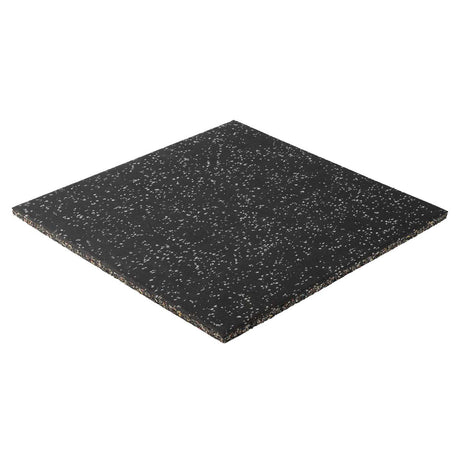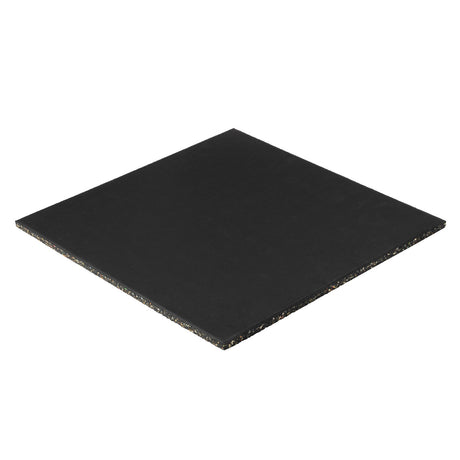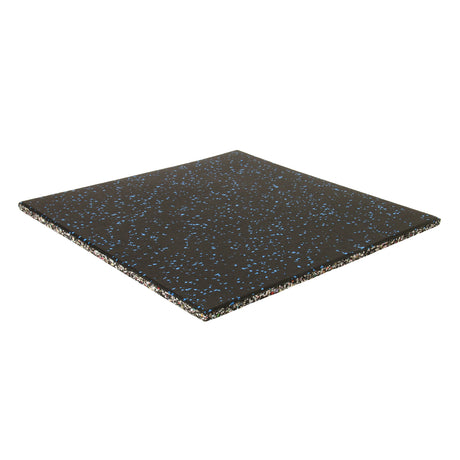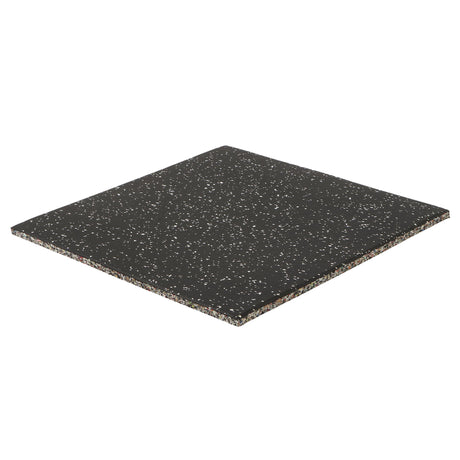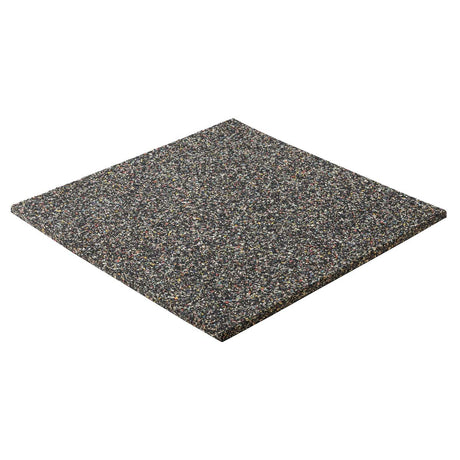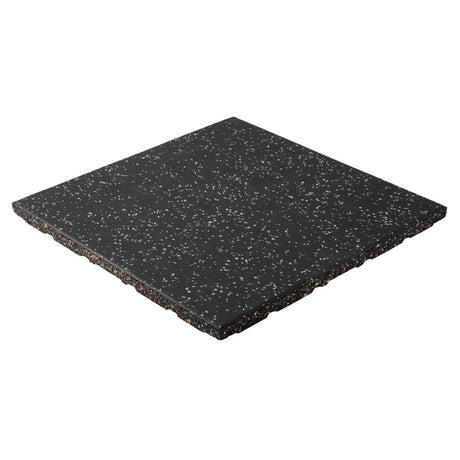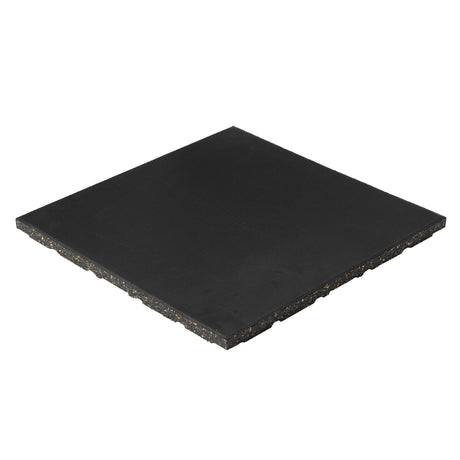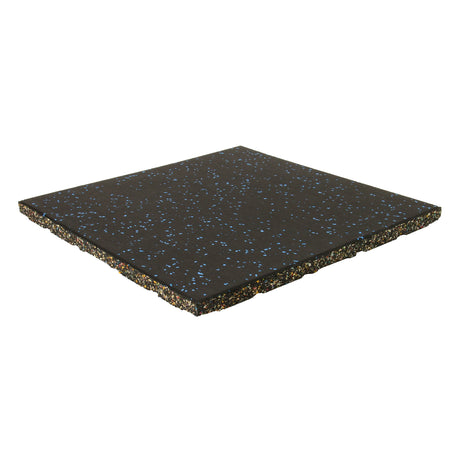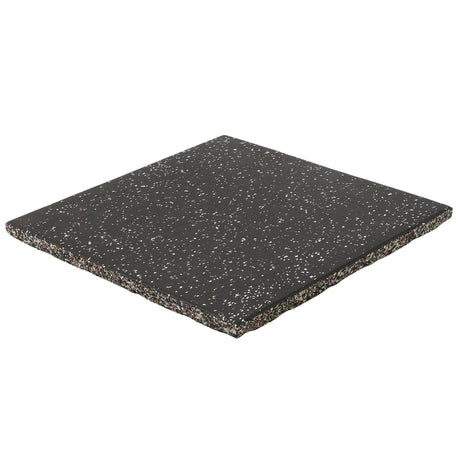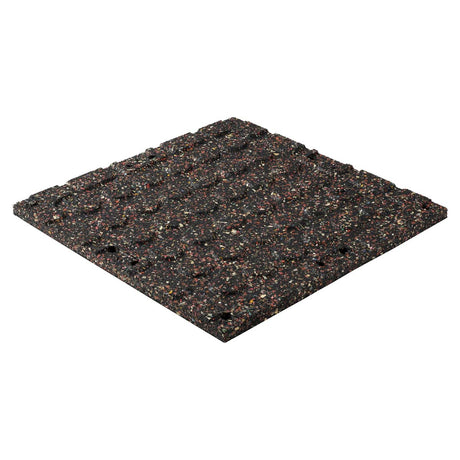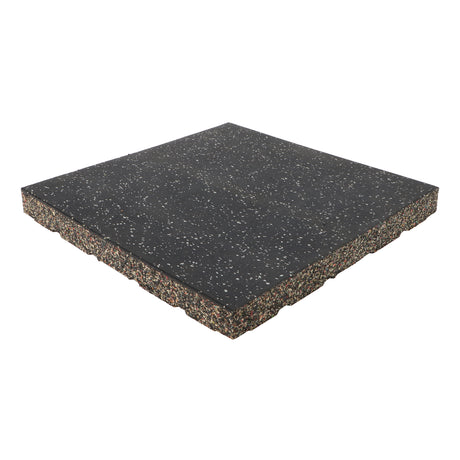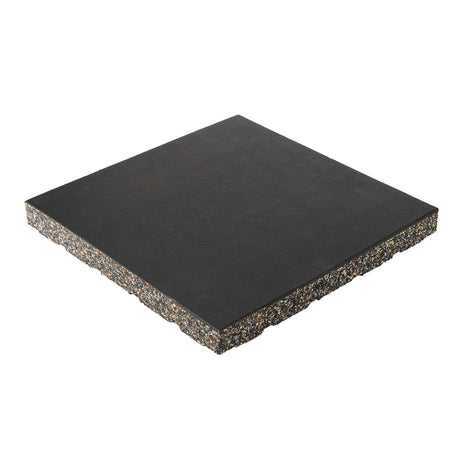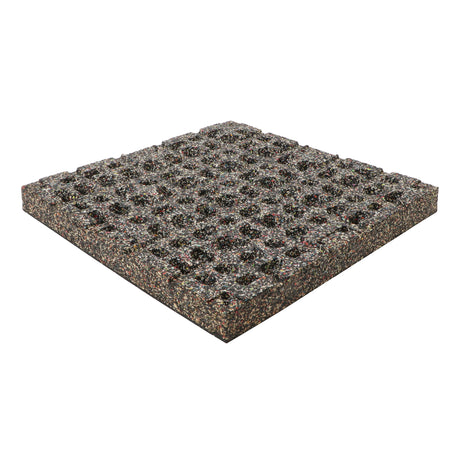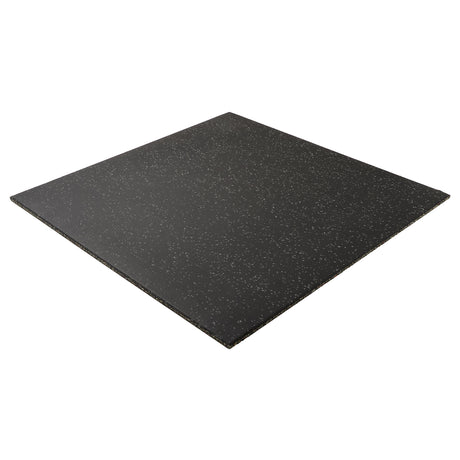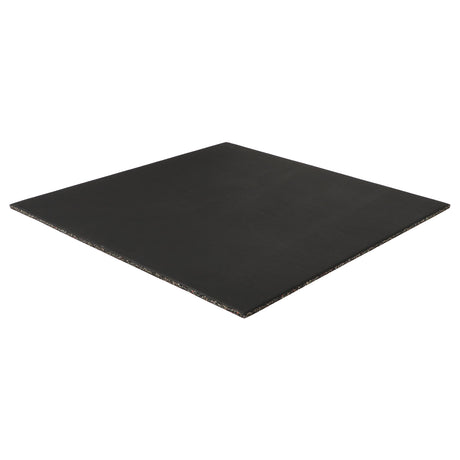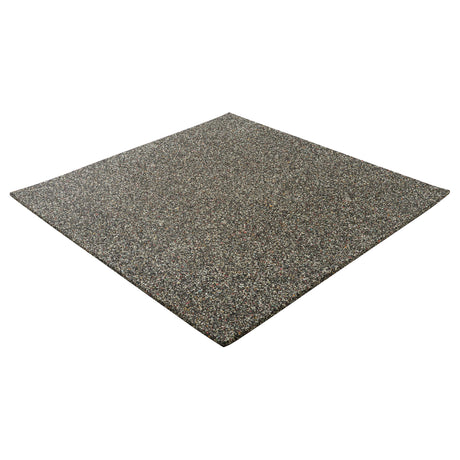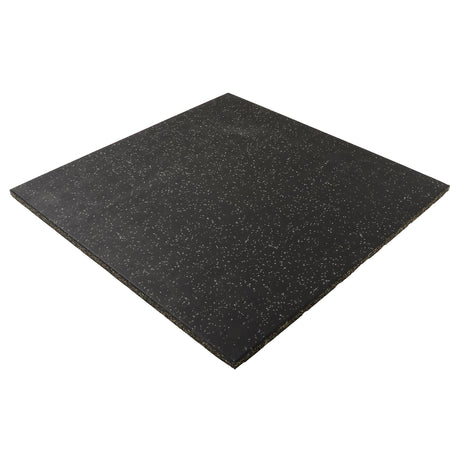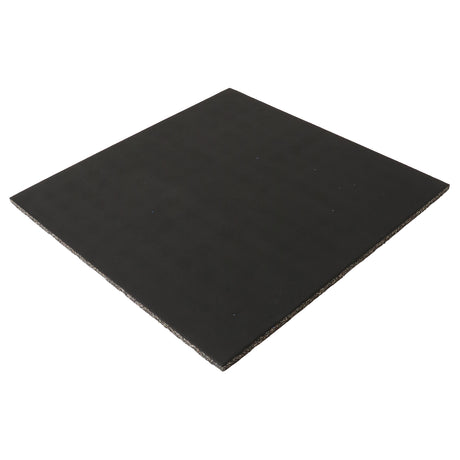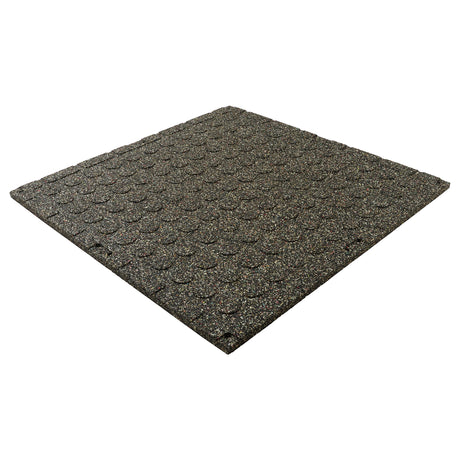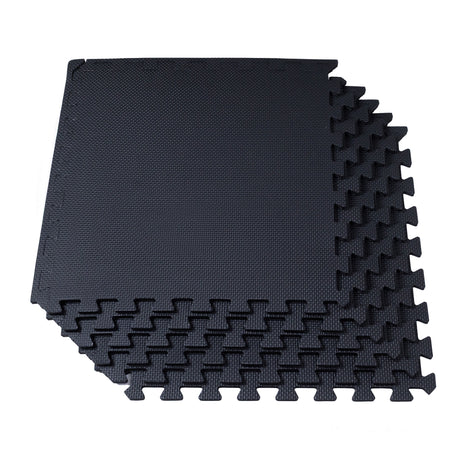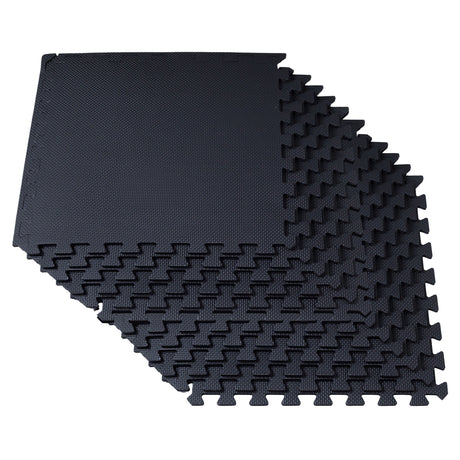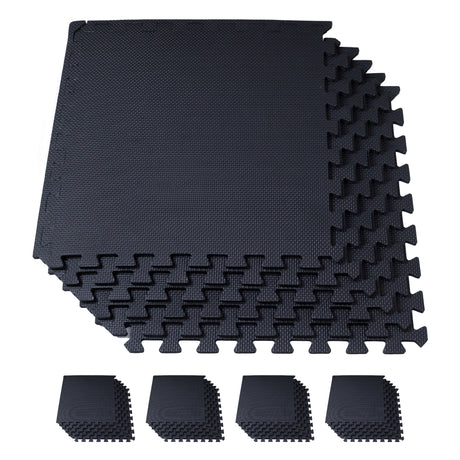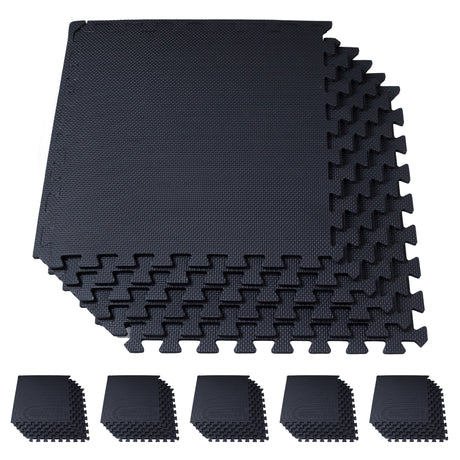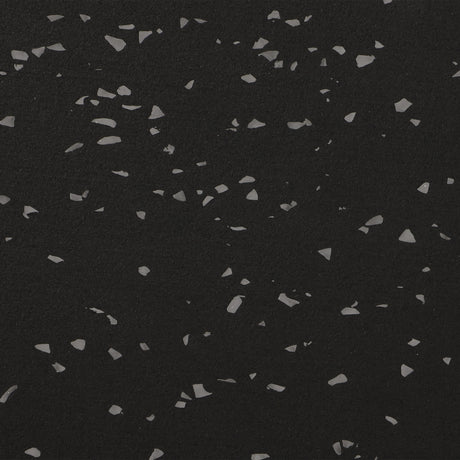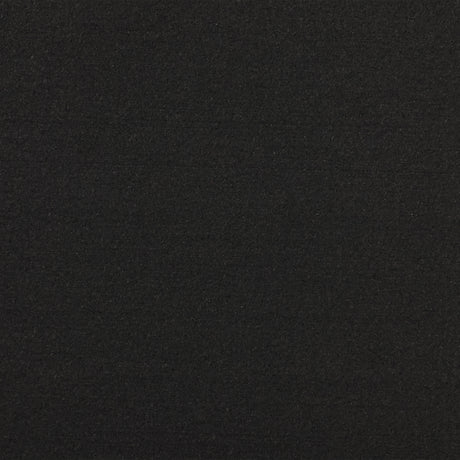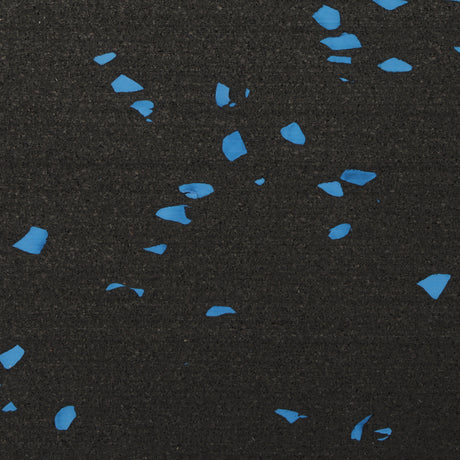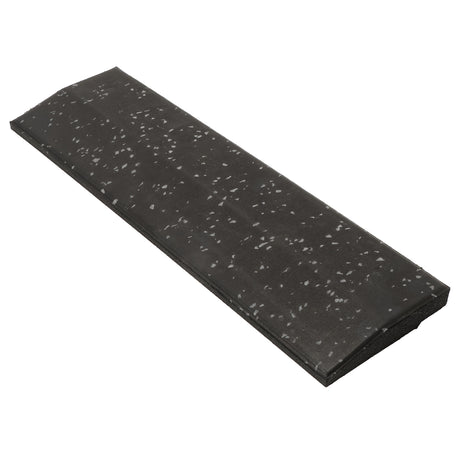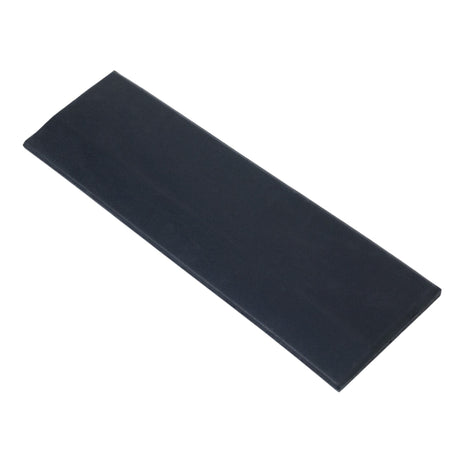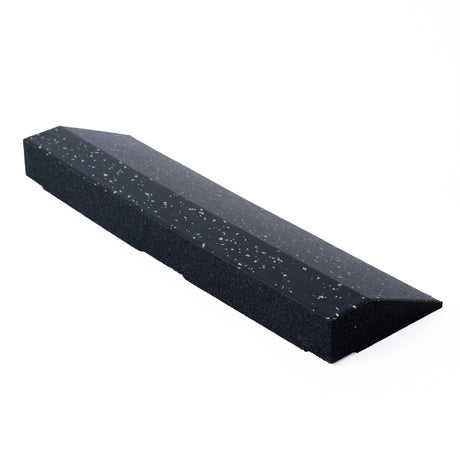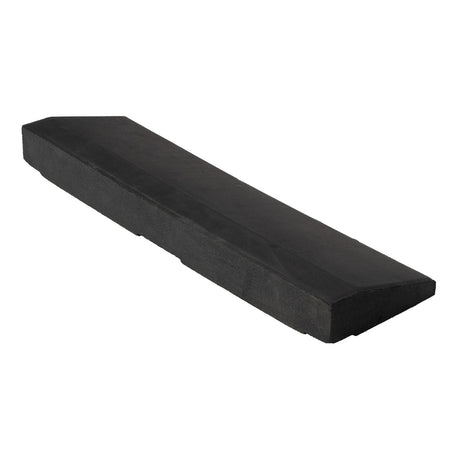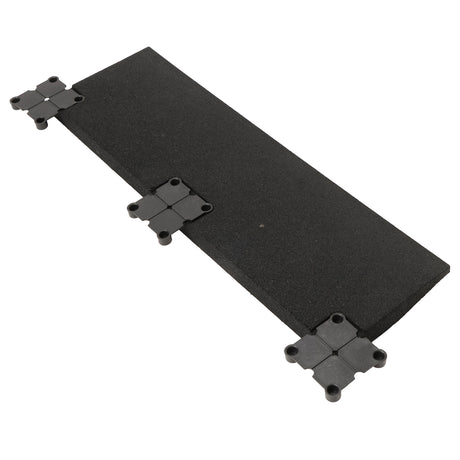We will explain how to choose the floor and mat for your home gym.
Since the coronavirus pandemic, more and more people are avoiding crowded gyms and creating home gyms instead.
Everyone has their own preferences when it comes to building a home gym, but one thing they all have in common is ensuring safety during training.
In order to create a safe training environment, reinforcing the floor is essential. A stable floor and a high-quality mat have a big impact on the quality of your training.
Many people will experience reinforcing the floor of their home gym for the first time, but there is nothing difficult about it.
In this article, we will first explain the basics of floor reinforcement, and then introduce the points to consider when choosing the right mat for your home gym.
Basic knowledge about home gym floor reinforcement
First, please watch the video below. The basic knowledge about home gym floor reinforcement is covered in the video below.
Before proceeding with floor reinforcement, first imagine what kind of training you will be doing. If you want to perform events that involve impacting the floor, such as deadlifts or barbell drops, your home gym will generally be built on the first floor.
If the floor is dirt floor concrete, there is no problem if you lay a rubber mat on top of it. On the other hand, if you are building a home gym on the first floor of a wooden house like in the video, we recommend reinforcing the floor with steel bundles, mats to protect the flooring, plywood, etc.
First, keep this in mind before choosing the mat you need.
Points to consider when choosing a home gym mat ① “Material of the mat”
First, let's think about the material of the mat.
There are many different types of floor mats, each made of different materials, and the differences are based on their purpose. Naturally, the required functions and physical properties of a mat for stretching and a mat for doing deadlifts are different, and the materials used will differ accordingly.
Performance required for home gym mats
Generally, the physical properties required for a home gym mat are as follows.
- Wear resistance (ability to maintain performance against friction and contact)
- Shock absorbency (property that alleviates external shocks)
- Soundproofing (quality that softens the sound generated from impact)
- Anti-slip property (property that makes it difficult to slip when walking or stepping on it)
- Water resistance (strength against hydrolysis caused by water and humidity)
- Heat resistance (the property of maintaining physical properties when exposed to high temperatures)
- Cold resistance (the ability to maintain physical properties when exposed to low temperatures)
- Ozone resistance (strength against oxidation and deterioration caused by ozone)
- Light resistance (strength against deterioration caused by light)
Although some words are unfamiliar to you, I think it will be easier to understand if you imagine the actual usage scenario.
If you train with dumbbells or barbells, repeatedly dropping them on the mat will wear down the surface. Also, if the mat's shock absorption capacity is low, it will damage the floor and equipment. There will also be noise and vibration.
You'll sweat a lot during your workout, and you might even spill your drink. When used in a garage gym or outdoors, it is susceptible to changes in humidity, temperature, and sunlight.
In order to train safely in your home gym, we recommend choosing a mat that is resistant to these various external stimuli. These performances extend the life of the mat, and even if the unit price is high, it will be cost effective in the long run.
The mainstream of home gym mats is EPDM rubber.
Currently, the materials commonly used for mats are rubber, EVA (ethylene vinyl acetate), and polyethylene , but we recommend rubber mats for those who plan to use free weights in a home gym.
There are various types of rubber (synthetic rubber), but rubber mats made of EPDM (ethylene propylene rubber) are the mainstream as they are resistant to external stimuli as mentioned in the previous section.

The mat in the image above uses an EPDM rubber sheet on the front and recycled SBR rubber chips on the back. The surface is anti-slip, so it won't slip easily, making your training more comfortable. Some manufacturers also produce types that mix EPDM rubber chips and SBR rubber chips.
On the other hand, mats made from the aforementioned EVA material have recently come out. The physical properties of EVA change depending on the vinyl acetate (VA) content, and when the content is high, it has rubber-like properties.

EVA is attracting attention because it is inexpensive and has a variety of resistance properties compared to rubber, but you need to carefully check the product to see if it is an excellent material for home gym mats.
First of all, even mats made of the same EVA material differ greatly in hardness (hardness of the mat surface). Details are explained in "④Hardness of rubber mat" .
Additionally, EVA basically has low heat resistance, so it softens in high-temperature environments and turns into a liquid when it reaches its melting point. Therefore, it is not recommended to use it in places exposed to sunlight such as garage gyms or outdoors.
In conclusion, for those who are planning to train with free weights, it seems to be less inconvenient to choose a rubber mat, even if it costs a little more. On the other hand, depending on the application, EVA material may be cheaper, so we recommend that you carefully examine it and contact the manufacturer/seller if you are unsure.
Points to consider when choosing a home gym mat ② “Shape of the rubber mat”
Next is the shape of the rubber mat. There are three main types of rubber mats used in gyms : (1) tile mats, (2) joint mats, and (3) roll mats .



In conclusion, we recommend tile mats or joint mats in home gyms for general free weight training. The reason is ease of installation and cost .
As you can see, the tile type and joint type are very easy to install because each piece is small and just fits together like a puzzle. In addition, mats that connect are difficult to shift, so there is basically no need for adhesive construction.
On the other hand, each roll-type mat is quite heavy, so it takes a lot of effort to transport and install it. Additionally, adhesive construction is basically required, which is time-consuming.
From a cost perspective, you only need to secure the necessary number of tiles and joint types depending on the size of your home gym, so you can minimize waste even if you cut them to fit the shape of your room. can. In many cases, rolls have a minimum order quantity set by the distributor, so there is often waste compared to the required quantity.
Of course, rolled mats also have their advantages. Roll-type mats have fewer seams and the finish when laid is better than tiles. The roll type has a maximum thickness of about 12mm, so it is not suitable for free weight areas, but it is useful in large gym machine areas and hallways.
Regarding the comparison between the tile type and the joint type, the joint type has visible joints after installation, making it look a little cheap. Tile style is currently the mainstream as it gives a clean look similar to that of a fitness gym.
Points to consider when choosing a home gym mat: 3. Thickness of the rubber mat

Next, let's talk about the thickness of the rubber mat. Here, I would like to think about the surface mat, assuming the three-layer floor reinforcement introduced in the video at the beginning.
Thick rubber mats basically have excellent shock absorption and soundproofing properties, but this naturally increases the price per piece (unit price). Many people don't want to spend a lot of money on flooring, so the key is to choose a mat that is thick enough for the purpose.
If you are doing training such as BIG3 using a power rack in your home gym, we recommend a mat with a thickness of 15mm or more . If it is 15mm thick, there is no problem in terms of protecting the floor even when doing deadlifts.
On the other hand, don't forget about damage to the equipment. Barbells and plates will also deteriorate if subjected to repeated strong impacts.
For example, if you use a rubber plate with low wear resistance, cracks may appear. In that case, you will need to use a bumper plate instead or place 50mm tiles in some areas to soften the impact.
From this point of view, in commercial gyms such as personal gyms and 24-hour gyms, many people choose 25 mm thickness, which has higher shock absorption and is less expensive, in order to prevent equipment from deteriorating. More and more people are using 25mm thick mats when creating home gyms that mainly use free weights.
We recommend a 50mm mat for cleans and other situations where the barbell may be dropped violently, but I don't think it's necessary to make the entire surface of the room 50mm. Place a 50mm mat in a section like a platform, or use dumbbell mitts.
On the other hand, if you are doing low-weight dumbbell training or machine training, where no impact is applied to the floor, an 8-10mm thick mat is sufficient.
Also, the thicker the rubber mat, the more difficult it will be to cut it with a cutter, so keep this in mind when choosing a mat with the required thickness.
Points to consider when choosing a home gym mat ④ “Hardness of the rubber mat”
Lastly, I would like to touch on the hardness of the rubber mat. Hardness is expressed as a number from 0 to 100 and is measured using a measuring device called a durometer.
When training with heavy equipment such as a power rack, stability is very important and a hard mat is required. Training will be hindered if the mat sinks when walking or lifting.
For free weight environments, we recommend mats with a hardness of 60 or higher. Many rubber mats on the market have a hardness of 60-65, and commercial gyms often use mats with this hardness.
For example, some mats that use EVA foam have a hardness of 30 or 40, but these are not well suited for free weight environments. The power rack is not stable and you feel it sinking when you walk, which affects the quality of your training.
If the data is not listed, check with the manufacturer/seller.
Rubber mats recommended for home gyms
Among GYMMAT's home gym mats, the one with the highest user ratings is the gym rubber mat 50cm x 50cm, thickness 25mm (with buckle) .
It has excellent abrasion resistance, shock absorption, heat resistance, cold resistance, and weather resistance as mentioned in ①, and the rubber sheet on the surface has been treated to be anti-slip.
This product comes with a plastic buckle, so tiles can be connected to each other and there is no need for adhesive construction.
There is no problem with a thickness of 15 mm, but tiles of 15 mm cannot be connected to each other, so the mat may shift if it is not glued. On the other hand, for those who are not concerned about that aspect, the 15mm is recommended.
If you would like to strengthen the floor only around the rack, we also recommend partially laying down a gym rubber mat 50cm x 50cm, 50mm thick (with buckles), as shown in this image.

Each 50mm thick mat weighs approximately 11kg, so if you install 14 tiles connected in the form of a platform like this, they will not shift. If you are using a squat rack or half rack, we also recommend installing 2m x 2m (16 pieces) connected under the rack.
This concludes our explanation of how to choose a mat for your home gym. If you have any questions, please feel free to contact us via chat or contact form.
If you would like to learn more about how to choose a floor mat for a power rack, we also recommend the following article.
Power rack floor mat arrangement pattern
Please refer to this article for floor reinforcement and mat selection, and enjoy a safe and comfortable home gym life without any accidents.


